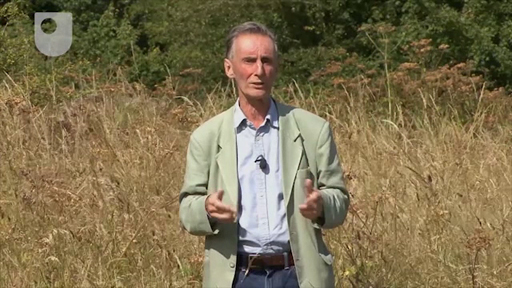Week 4: Bioenergy
Introduction
This week you’ll look at bioenergy – the most ancient form of renewable energy, if we think of the wood fires used by our early ancestors. This form of ‘traditional biofuel’ is still widely used in many ‘developing’ countries. As you’ll see, bioenergy is now a much more modern energy source – but still essentially derived from the growth of plants.

Transcript
This week we look at bioenergy, the most ancient form of renewable energy if we think of the wood fires used by our early ancestors. This form of traditional biofuel is still widely used in many developing countries. But bioenergy is now a much more modern energy source though still derived from the growth of plants.
Plants grow through a process call photosynthesis in which solar energy causes carbon dioxide from the atmosphere to combine with water from the surrounding environment to produce the material of which plants are formed, biomass.
Wood is the most obvious form but bioenergy can take several other forms such as charcoal, biogas, bioethanol and biodiesel.
If properly managed biofuels are carbon neutral because the amount of carbon dioxide that’s released when they’re burned is the same as the amount absorbed from the atmosphere when the plants are growing.
Sources of biofuel include wood from forests, grassy plants such as miscanthus, starchy or sugary crops such as sugar cane, sugar beet and maize and oil seed crops such as sunflowers, oil seed rape and soya beans.
Bioenergy can also be derived from waste such as straw or rice husks or from urban or industrial wastes. All of which can be burned to release energy.
Animal manure can also be used through a process called anaerobic digestion to produce biogas which can be burned to produce heat or to power engines for electricity generation.
How much energy could biofuels contribute to the world’s energy needs in the future? One estimate suggests it could be as much as a fifth of present world energy consumption.
By the end of this week, you will be able to:
- discuss at a basic level the main processes by which bioenergy in various forms can be extracted from biomass
- Present an overview of the merits of different biomass sources and processes in specified contexts, and discuss the environmental and social issues involved
- understand at an introductory level the potential contribution from a specified biomass source, and its cost, given relevant data.
